July 9, 2024, 6:41 PM UTC
Hurricane Beryl punched the Atlantic hurricane season into high gear when it made landfall in Texas on Monday — and hurricane forecasters are saying that’s likely just the start.
Colorado State University, a prominent hurricane and tropical weather forecast center, upgraded its seasonal forecast Tuesday, calling Beryl “a likely harbinger of a hyperactive season.”
The forecasters are now expecting a season with 12 hurricanes, including six that are expected to become Category 3, 4 or 5, meaning they’d have wind speeds of at least 111 mph. Overall, the researchers anticipate 25 named storms. Compared to the center’s April forecast, that’s two more named storms than expected and one additional major hurricane.
The researchers estimate there is now a 57% chance that a major hurricane will strike the U.S. coastline.
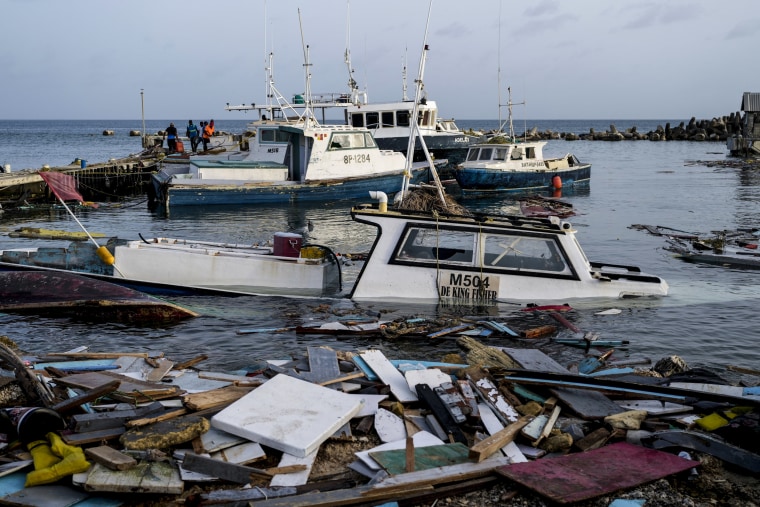 Boats damaged by Hurricane Beryl at Bridgetown Fisheries, Barbados, on July 2. Ricardo Mazalan / AP
Boats damaged by Hurricane Beryl at Bridgetown Fisheries, Barbados, on July 2. Ricardo Mazalan / APNear-record sea surface temperatures across the Atlantic and a strong chance of a La Niña climate pattern taking hold are intensifying the risk of dangerous storms, the researchers said in a forecast.
Warm seas fuel hurricanes with additional heat and can allow them to intensify rapidly. La Niña is a natural pattern of ocean circulation that is associated with hurricane formation.
“All the conditions we normally see in August and September, we have earlier this year,” said Philip Klotzbach, a Colorado State meteorologist and Atlantic hurricane forecaster. “Beryl was quite the beast of a storm.”
He said it was unusual to have a strong hurricane form in the eastern Caribbean so early in the season.
“That’s quite unusual to get storms forming there this time of year,” Klotzbach said, noting that previous prominent hurricane years — including 1933 and 2005 — bore similar hallmarks.
Hurricane Beryl already etched its name into the record books as the first Category 4 storm to form in the Atlantic Ocean in June. It soon intensified and became a Category 5 storm — the earliest in the season that a hurricane of that strength has formed in the Atlantic Ocean.
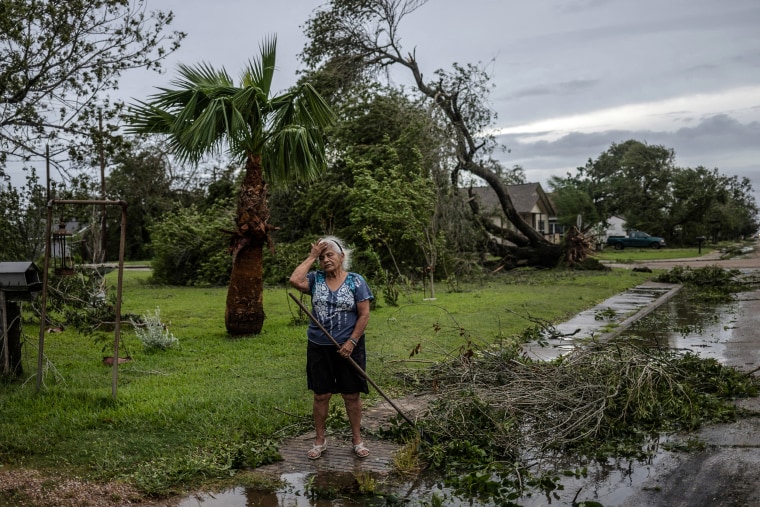 Maria Castillo, 79, stands by her damaged tree, a 85-year-old green ash, after it was uprooted by Hurricane Beryl in Freeport, Texas, on Monday. Adrees Latif / Reuters
Maria Castillo, 79, stands by her damaged tree, a 85-year-old green ash, after it was uprooted by Hurricane Beryl in Freeport, Texas, on Monday. Adrees Latif / Reuters“It was just impressive to see that longevity and intensity this early in the season,” Klotzbach said.
Beryl struck Texas as a Category 1 hurricane, knocking out power for more than 2.25 million customers and leaving at least seven people dead.
Hurricane season begins June 1 and ends Nov. 30. It typically starts to peak in late summer and early fall.
The active season does not come as a surprise. In May, nearly every public, private and government hurricane forecast service predicted a big — and perhaps record-breaking — year for hurricanes.
Evan Bush is a science reporter for NBC News. He can be reached at Evan.Bush@nbcuni.com.

 11 months ago
11 months ago
 (200 x 200 px).png)
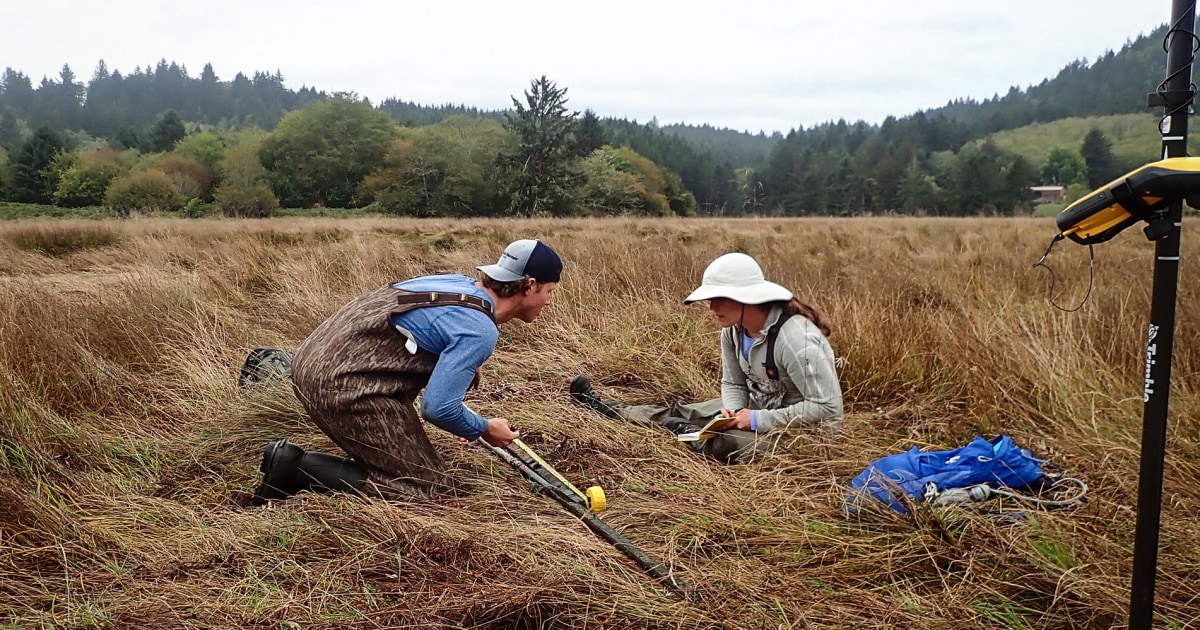

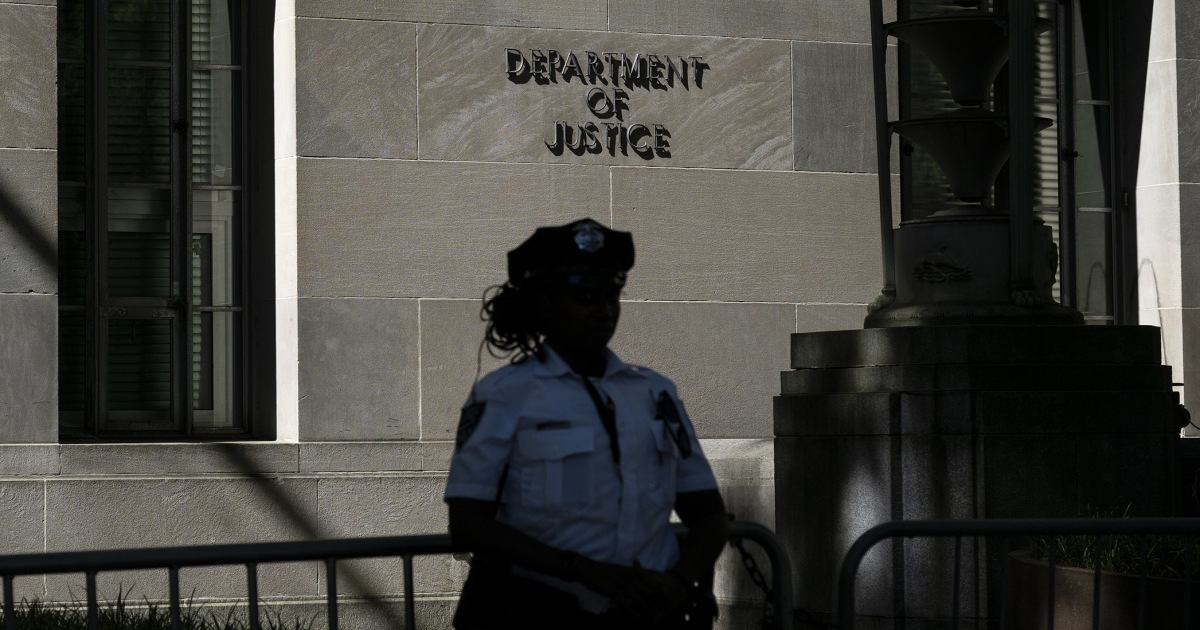
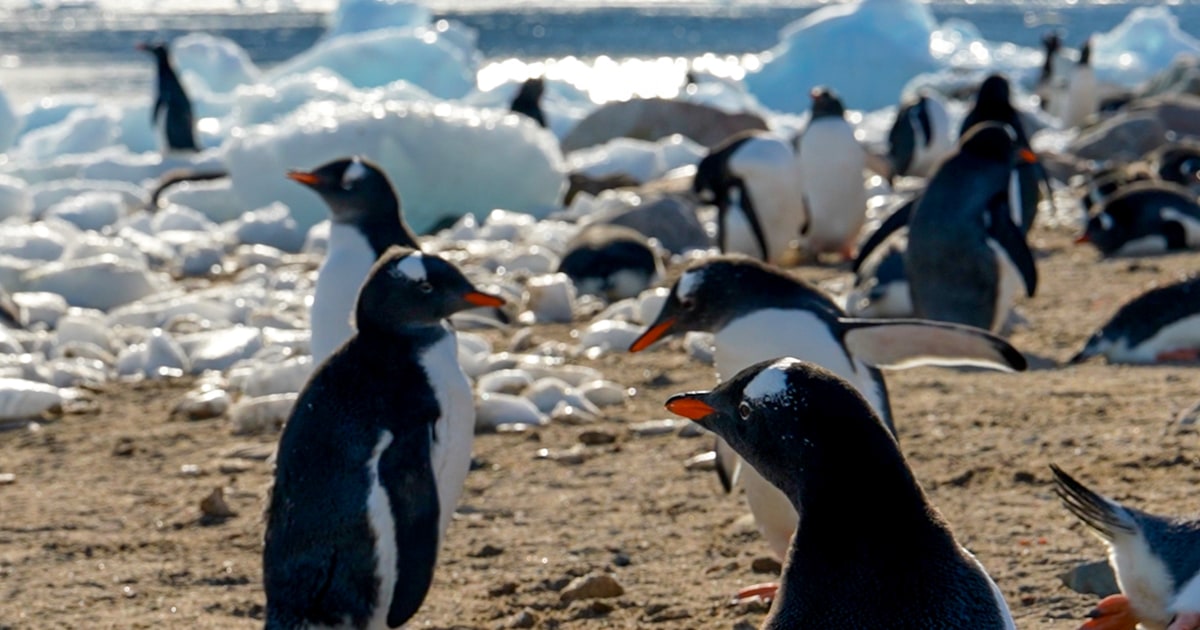




 English (US) ·
English (US) ·